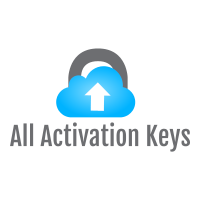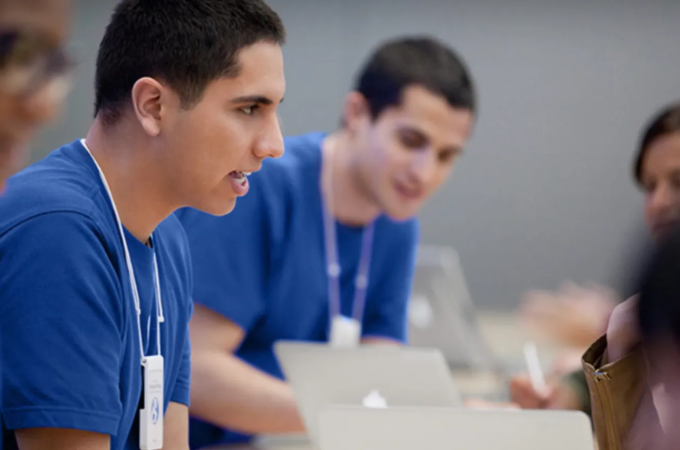
Critical Considerations for Healthcare Website Design
A healthcare website should have an easy to use and intuitive structure. This will ensure that your users can find the information they need quickly and easily. If your website lacks an effective navigation system, visitors are likely to leave and look elsewhere. You should provide a simple path to each section of your site to make it easier for visitors to find the information they’re looking for.
Minimalism improves page load speed
Minimalism is a design philosophy that emphasizes the importance of user experience. A minimalist website is lighter and faster to load. In fact, 47% of consumers expect a webpage to load in two seconds or less. That’s why healthcare websites should prioritize page load speed.
Minimalism is also good for the environment. Consumers are more likely to trust a minimalist site. It’s also easier to create and maintain, and the end result is a more attractive website.
User-friendliness
User-friendliness is a critical aspect of healthcare website design. It helps gain the trust of your target audience and improve search engine rankings. It involves multiple aspects, including how your website looks, reads, and navigates. With user-friendly websites, you get higher click-through rates, higher response rates, and higher patient conversions.
For example, healthcare websites should be accessible to people with disabilities. The American Disabilities Act (ADA) sets guidelines for accessibility, including the typeface, font size, color contrast, and animation. Websites should not only accommodate those with disabilities, but also people with normal vision. The font size should be large enough to read easily. Also, fonts and colors should contrast well, which can make or break accessibility.
Accessibility
The accessibility of healthcare website design is an important consideration for a variety of reasons. Most healthcare website users are seeking information and possibly making a transaction, so it’s important to make it easy for them to navigate. It’s also important to have large, easy-to-read buttons and clear, helpful alternative text for images. Having these features will help visitors communicate with brands and develop a relationship with them. It also helps that healthcare websites are designed to be accessible for people with disabilities, such as those with vision impairments.
When considering accessibility, make sure you take into account all of the needs of the most common patient demographics. This means removing jargon and making it easy to search for relevant information. The healthcare industry is complex, and creating a website that meets the needs of all visitors is no easy task. Internal politics and regulatory compliance are often major factors. However, accessibility is essential for a website, and it’s mandatory for most healthcare organizations.
Live chat
Incorporating live chat into your healthcare website design is a powerful way to gain valuable insight into your patients’ needs. This information can be used to enhance your customer experience and advance joint-working initiatives. The data can also help you train staff and improve internal processes. This type of interaction is ideal for high-traffic websites.
Live chat solutions need to be HIPAA-compliant. This means they must be US-based and have built-in encryption. The privacy of the information exchanged between you and your visitors is crucial, and using HIPAA-compliant live chat providers is a good way to ensure your data is secure. You must also make sure all communications are sent directly to the intended recipient.



